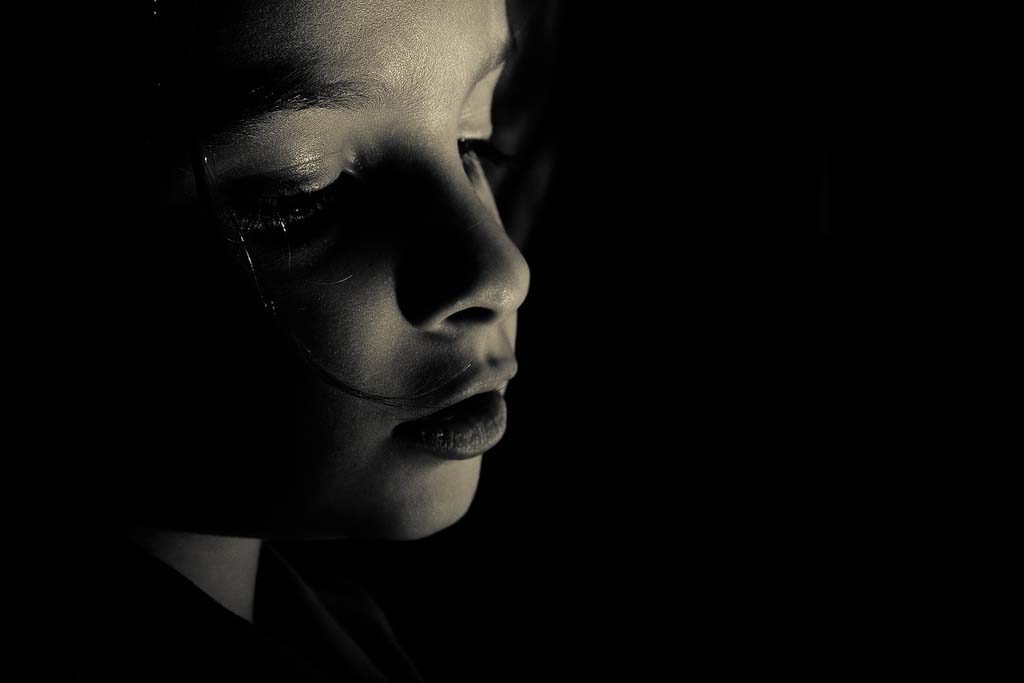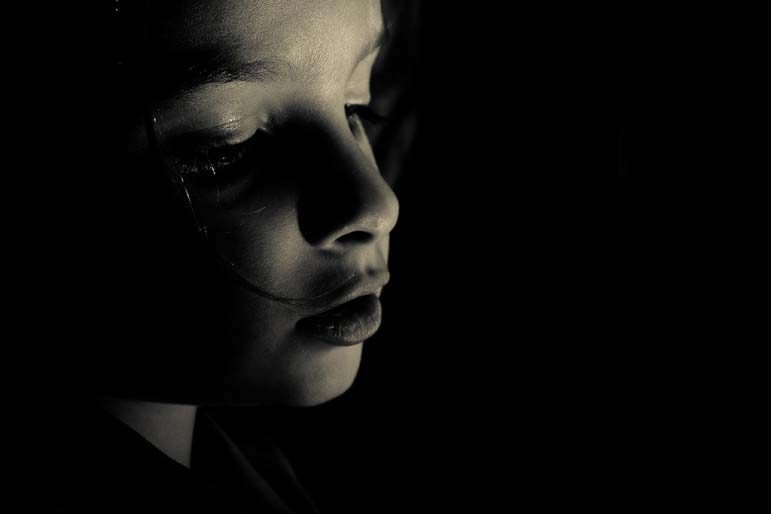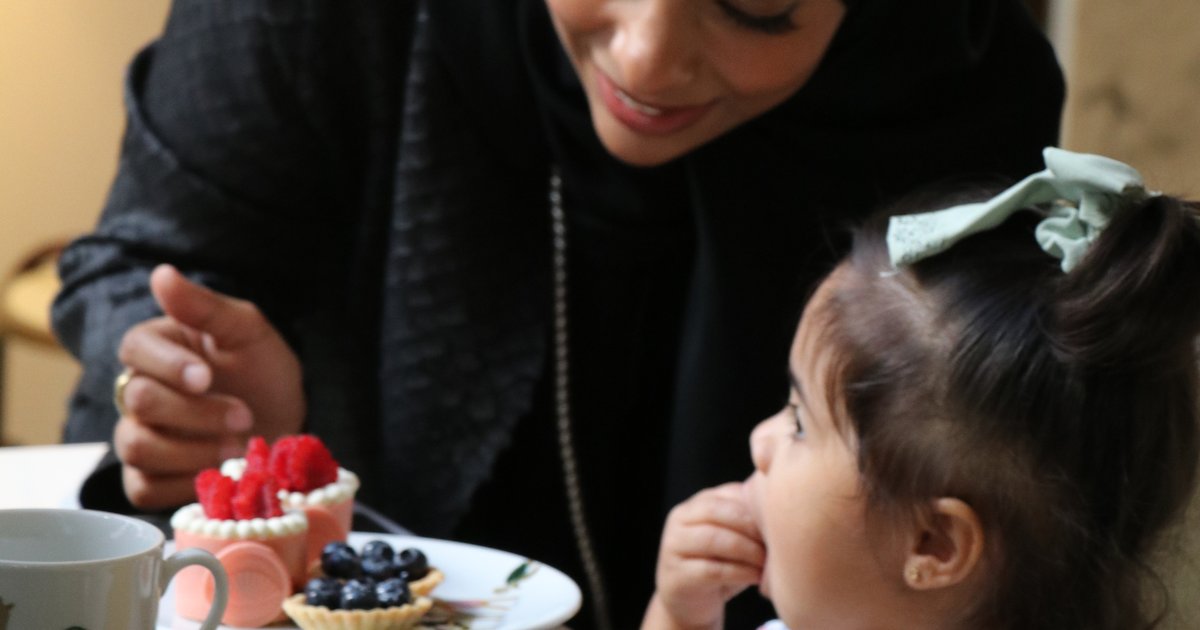With reporting from Riham Sheble
Around one in five children in Qatar is subject to some form of abuse, either at home or in school, a recently released report by the Supreme Council for Family Affairs has found.
The report, “Abuse and Violence Against Children,” which is currently only available in Arabic, examines a wide range of abuses, from verbal bullying and unintentional negligence to physical and sexual assault. The results are based on a study of 500 families – 59 percent expat and 41 percent Qatari – between October 2010 and January 2011.
Although the statistics used in the report are now more than two years old, they serve to shine a light on an issue that’s rarely discussed in Qatar, and one that the report acknowledges is becoming an increasing problem.
Abuse at home
The report states that 22 percent of domestic violence in Qatar is perpetrated against children, a figure that remains constant across all nationalities. It found that the majority (40 percent) of domestic child abuse incidents were carried out by the mother; 29 percent were carried out by a brother, 19 percent by the father, and the rest by domestic workers.
The report also found that the mother’s educational level had a direct relationship with the incidence of violence – the higher the level of education, the lower the percentage of violence.
Meanwhile, the data showed that the majority (57.8 percent) of abuse committed by domestic workers was by maids, while 20.8 percent was carried out by drivers. Most (76.2 percent) of this abuse fell into the “screaming, threatening and negligence” category, with the remaining 20 percent involving physical abuse, including smacking and beating.
Abuse at school
According to the findings, a significant amount of child abuse – primarily psychological abuse such as bullying – occurs within the school environment.
Some 38 percent of children are abused at school by other students, teachers or other employees at school, the authors found, concluding that male students are more likely to suffer physical abuse at school, and their female counterparts are more likely to be emotionally abused.
They also found that those who are domestically abused are also susceptible to abuse at school, probably because they are already vulnerable, and conditioned to believe that violence is an acceptable part of their relationships with others.
Sexual abuse
The report found that overall, sexual abuse was very rare, representing only 0.93 percent of abuses.
It states that sexual abuse represents 8.7 percent of the total violence against children in schools, “mostly” perpetrated by other students, but doesn’t go into further details.
Data for sexual abuse in the home, however, remains incomplete. The report states that drivers were responsible for 42.1 percent of sexual abuse cases, and male domestic helpers 21.1 percent, but it fails to account for the remaining 36.8 percent.
Recommendations
The report’s authors go on to make a lengthy list of recommendations of how incidents of child abuse can be reduced in Qatar. These include:
- The establishment of ‘counseling entities’ to offer guidance, and the introduction of phone hotlines for immediate advice;
- School awareness-raising programs, and online and television anti-abuse campaigns;
- More supervision in areas of schools where abuse commonly takes places, like in the toilets and in playgrounds;
- Introducing compulsory, regular medical checkups on children that examine both physical and mental health. The authors suggest using vaccination visits for this purpose;
- Putting together a directory of best practice for social workers, teachers and volunteers; and
- Carrying out more in-depth studies, particularly on domestic violence, and a request that government data, such as police reports and hospital records, be made available to researchers.
Growing problem
Health officials in Qatar said earlier this year that child abuse is severely underreported in Qatar, due to bureaucratic hurdles, insufficiently trained healthcare providers and a reluctance to break cultural taboos.
But the number of reported cases is still growing. In 2011, for example, the Qatar Foundation for Protection of Women and Children (QFPWC) dealt with 769 cases of abuse, compared to 995 in the first nine months of 2012 alone.
Some 44.7 percent of abuse cases reported in 2012 were against children.
Qatar’s National Development Strategy points to a jump in domestic violence cases across the country, and calls for the establishment of a new law to define and criminalize the act by 2016. The report notes that this law is currently at the draft stage, having been initiated last summer.
Anyone who suspects abuse should contact the QFPWC hotline at 919.
Thoughts?








